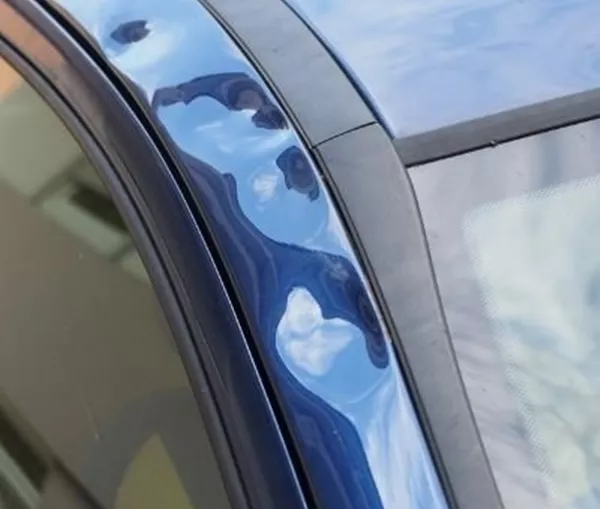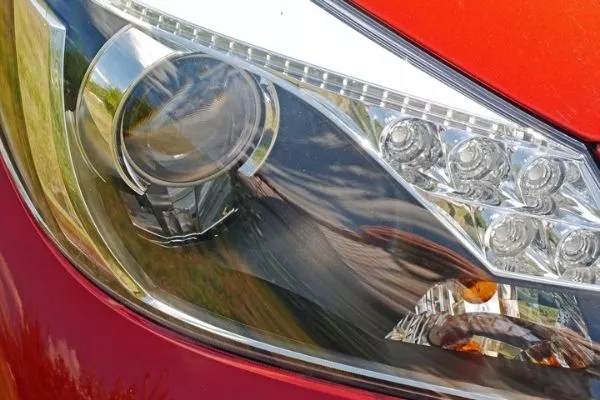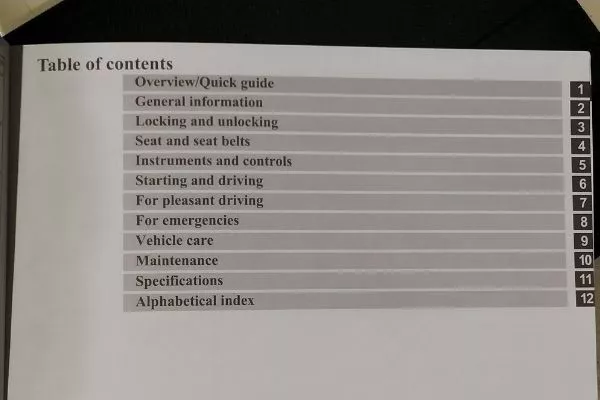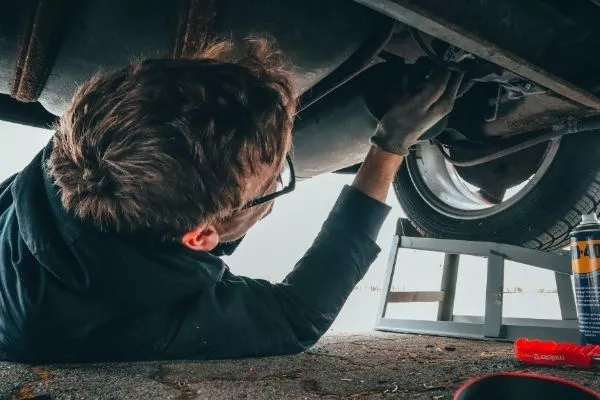Whether you’re a first-time car owner or graduating to your next set of wheels, getting a new ride is always something to look forward to. It’s a feeling very similar to opening your much-awaited present on Christmas Day, and you're eager to have that gleaming bodywork and new car smell in your garage.

Getting a new car always feels like Christmas
It’s okay to be excited and all, but sometimes that heady feeling of anticipation might cause you to overlook certain aspects, which could keep you from enjoying your new car to the fullest. After you’ve taken delivery of your brand-new vehicle, we have a few simple reminders for you to keep in mind, just to help you get started on the road to years and years of motoring satisfaction ahead.
Inspect for cosmetic damage
Cars aren’t built on the dealership lot where they’re sold (otherwise they’d probably be a lot cheaper). It can be quite a drive from the factory to the particular dealership where you’ll be making your purchase, more so if the unit is imported from overseas. That’s a lot of people handling the car along the way, and no matter how careful they are, there's always the risk of the unit sustaining damage in the form of minor dings, bumps, and scratches, as well as faded or discolored parts from long exposure to sunlight.

No new car should come with damage such as this
>>> Related: For new car owners: 10 things are essential for the brand-new car
Even units that have already reached the dealership safely will still be prone to little accidents, as the limited space for the showroom and service bay means that cars are frequently shuffled around to make room.
If you opt to pick up your brand-new car from the showroom, that would be a perfect opportunity to give the exterior and interior a good once-over, on top of the standard pre-delivery inspection (PDI) procedures undertaken by the dealer. Keep an eye out especially for dirty headliners, chipped surfaces, and cracks on the rubber door gaskets.
Check the features and accessories
You can also add this to the pre-release process. The car might be unused coming into your hands, but it doesn’t hurt to make sure that everything is in order.
If the dealer promised free basic tools, seat covers, floor mats, window tints, and early warning devices as part of the transaction, then all of those are expected to be there when you take a look.
The hydraulic jack should be stored in its designated area for example, and all tires (including the spare) should be properly inflated.

Everything has to be in good working order, including the lights
The standard features relevant to the particular variant or model you purchased should also be working properly. No busted lights, faulty switches, and malfunctioning power amenities are acceptable.
Pop the hood and look under the engine bay to see if it’s reasonably clean (it doesn’t have to be car show levels of spotlessness), and make sure the engine oil, coolant, and brake fluids are at adequate levels. Also, the car needs to have its complete documentation on hand.
Read the manual
Speaking of documents, the most important of these is the user manual. It’s the bible that the manufacturer painstakingly drafted to ensure that the car is used only according to its exact specifications.
Sales agents can only tell you so much in terms of specific features, and they have other models that they need to sell to other customers too, so it pays to do your own reading. In many cases, neglecting to read the user manual leads to practices that will void the vehicle’s warranty.

Before you hit that Post button on Facebook, this is the first thing you should be consulting
Take the time to browse through the manual and familiarize yourself with the car’s inner workings, because you’ll never know when some features might come in handy.
For instance, certain cars equipped with an engine start button have a physical key tucked into the wireless remote fob for emergency access to the cabin in case the keyless entry fails, a fact that some owners are still blissfully unaware of.
Listen for unusual sounds and smells
A brand-new car ideally shouldn’t exhibit signs of prior use, apart from the double-digit mileage on the odometer from driving the car from the factory or port to the dealership.
But there are instances where you might sense that something isn’t quite right as you take the car for a spin within a few days of bringing it home. It could be a musty or moldy smell given off by the air-conditioning, or something more alarming like the smell of gasoline, which might indicate ruptured fuel lines.

Weird sights, sounds, and smells have no place on a brand-new car
Unnecessary rattles and vibrations should also be investigated, whether they’re just a result of unsecured items on board or something much more serious, such as loose panels and damaged shock absorbers. If these problems persist, bring the car back to the dealership and have it checked under warranty.
Read up on more sensible car ownership tips at Philkotse.com.
Recent posts
- The top brand new cars priced from Php 700k to Php 1 Million Feb 15, 2023
- I'm a new driver – should I go for a used or brand new car? Mar 30, 2021
- Top brand new cars priced from P1M to P1.5M Mar 30, 2021
- Value packed! The best brand new cars under P700k Oct 29, 2022
- 8 must-dos when buying a brand-new car May 30, 2019












